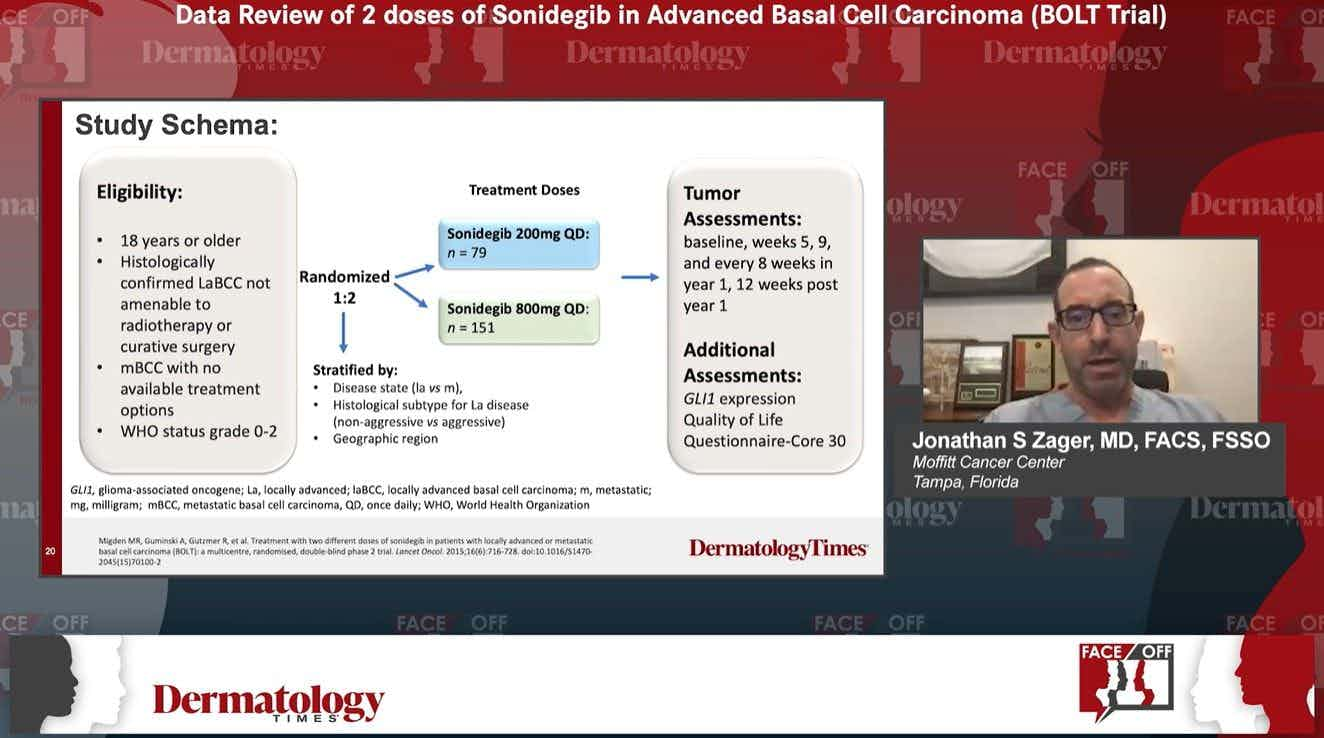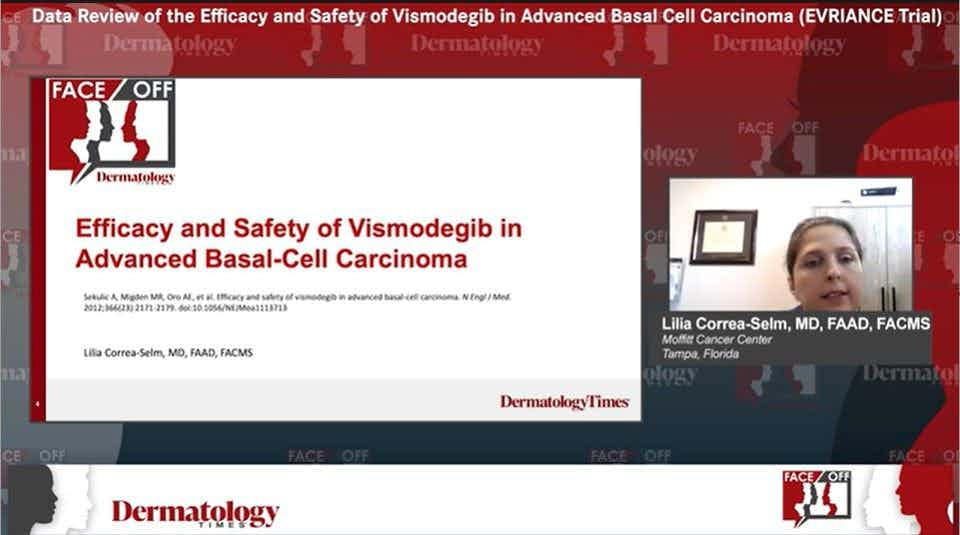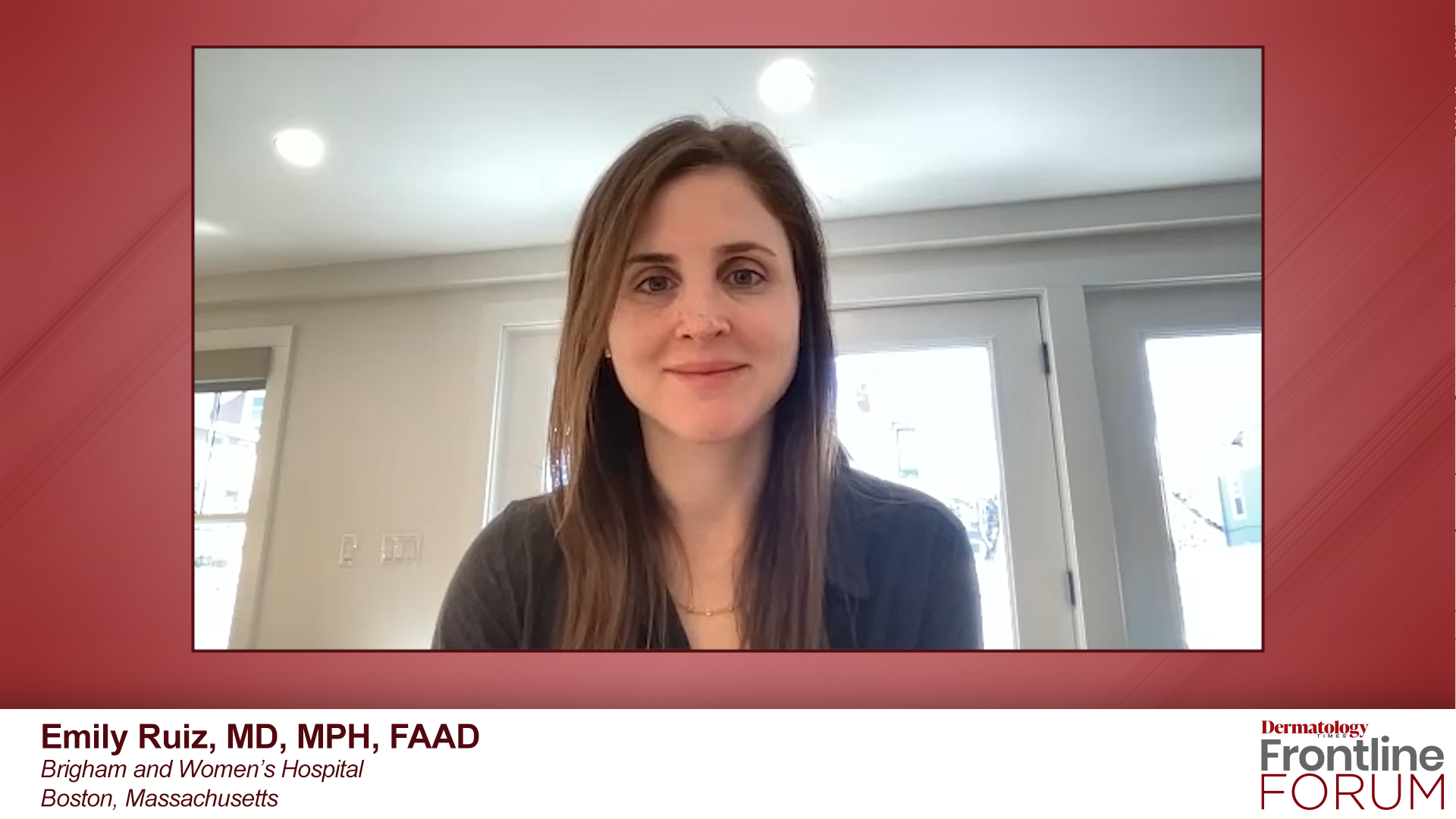- Acne
- Actinic Keratosis
- Aesthetics
- Alopecia
- Atopic Dermatitis
- Buy-and-Bill
- COVID-19
- Case-Based Roundtable
- Chronic Hand Eczema
- Chronic Spontaneous Urticaria
- Drug Watch
- Eczema
- General Dermatology
- Hidradenitis Suppurativa
- Melasma
- NP and PA
- Pediatric Dermatology
- Pigmentary Disorders
- Practice Management
- Precision Medicine and Biologics
- Prurigo Nodularis
- Psoriasis
- Psoriatic Arthritis
- Rare Disease
- Rosacea
- Skin Cancer
- Vitiligo
- Wound Care
Article
Study: High Rate of Skin Diseases in Europe
Author(s):
Nonmelanoma skin cancer ranks in the top 12 skin diseases reported.
Researchers found that there was a high prevalence of skin diseases in Europe, but the complete data on each one was missing. The data on these issues are needed to better plan health polices and be better informed on what skin conditions are affecting the European public.
The investigators, to better estimate the rates of most frequent skin conditions or diseases in 27 European countries, conducted a population-based study. There were representative samples of the public 18 years and older taken from each country to then stratify and use in proportional sampling with a replacement design, according to the article. The data was collected with an online survey and all of the responders were asked to both fill in a questionnaire with sociodemographic data and to declare if they have had one or more skin conditions or diseases during the last 12 months.
There were 44,689 responders in total, with 21,887 (48.98%) identifying as men and 22,802 (51.02%) as women. A little more than 40% of participants reported having at least 1 dermatological condition or disease during the last 12 months (95% CI: 42.89%, 43.81%). When extrapolating this data to the population, researchers can estimate 185,103,774 individuals are burdened with at least 1 dermatological condition or disease.
“Accordingly, we can estimate that more than 94 million Europeans complain of uncomfortable skin sensations like itch, burning, or dryness,” researchers wrote. “Alopecia, acne, eczema, and rosacea were more common in women, whereas men were more likely to suffer from psoriasis and sexually transmitted infections.”
The most reported skin conditions were fungal skin infections (8.9%), acne (5.4%), and atopic dermatitis or eczema (5.5%).
The percentage was higher when the data included those responders who had a mole check or cancer screening, increasing from 43% to 47%. For non-melanoma skin cancers (NMSCs) 1.1% of survey takers reported having the disease and for melanoma, known as the deadliest skin cancer, it was 0.6%. The researchers did state that the melanoma statistic could be higher than reality as many patients confused nevi and melanoma with each other. Further, there could be an under reporting of NMSCs as patients may not know that basal cell carcinoma or another NSMC is a type of skin cancer. Also, patients may not know that a spot on their skin could be skin cancer and not go to a dermatologist for it.
Young adults had greater rates of skin cancer than older adults (1.3% vs 1% vs 1.1% in patients aged between 18-25 years, 26-54 years, and aged 55 years and older, respectively), the investigators found, but it could be due to the knowledge of skin cancer growing in this subpopulation. With this knowledge, they will be more likely to go to a physician and get a diagnosis.
Reference:
Richard MA, Paul C, Nijsten T, et al. Prevalence of most common skin diseases in Europe: a population-based study. J Eur Acad Dermatol Venereol. Published online March 11, 2022. doi:10.1111/jdv.18050
Newsletter
Like what you’re reading? Subscribe to Dermatology Times for weekly updates on therapies, innovations, and real-world practice tips.















